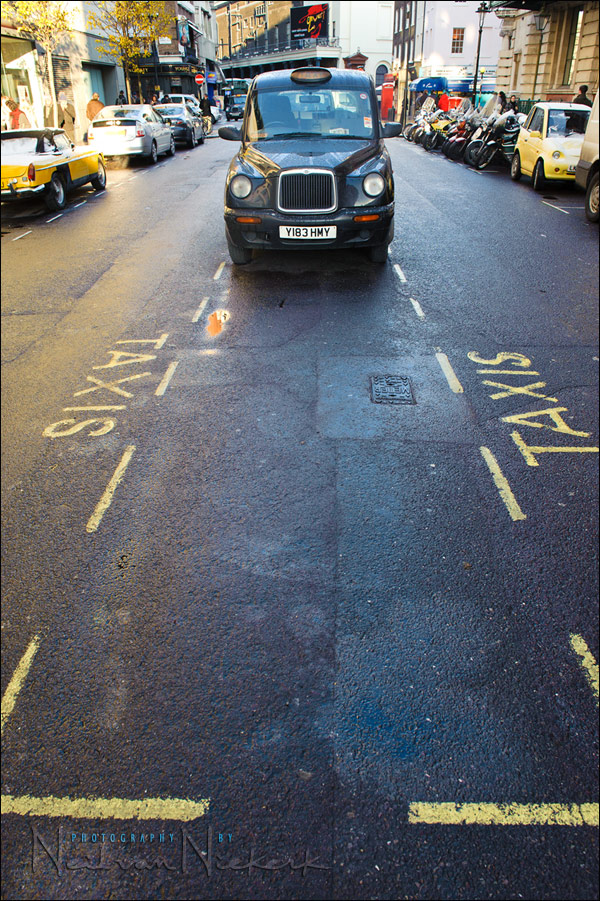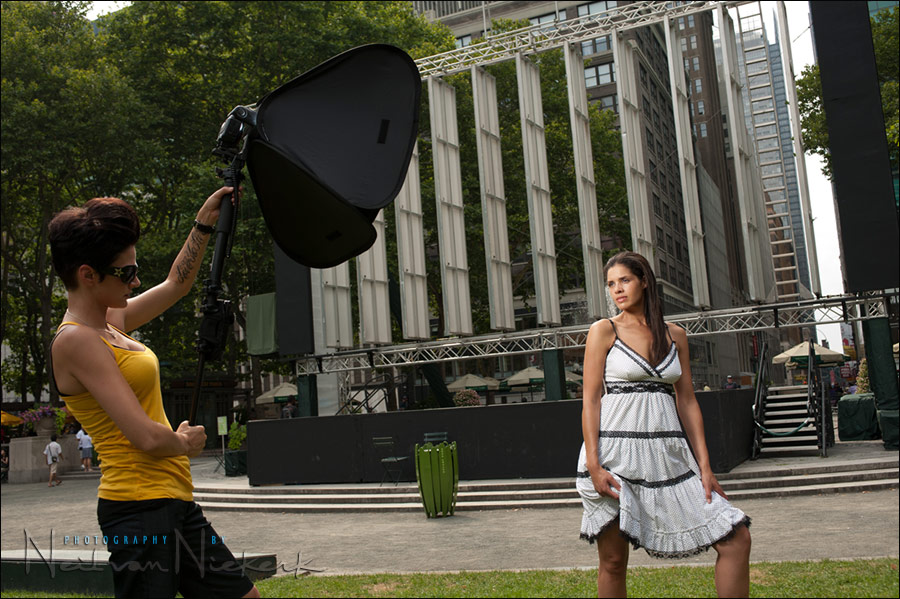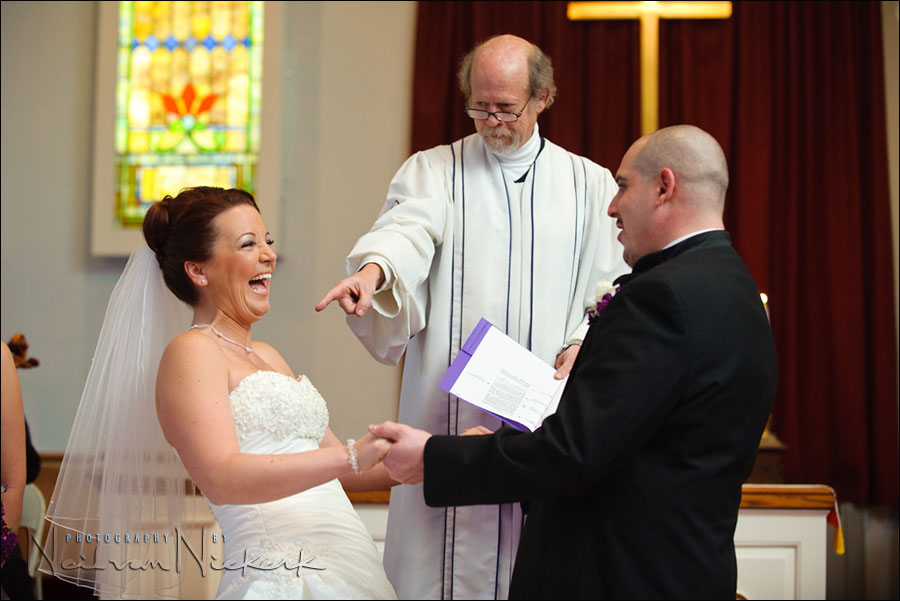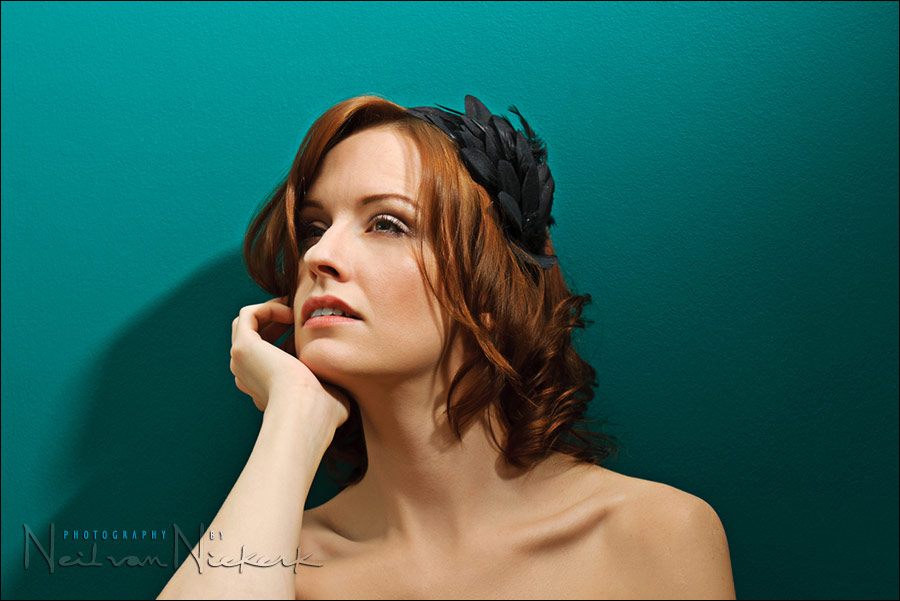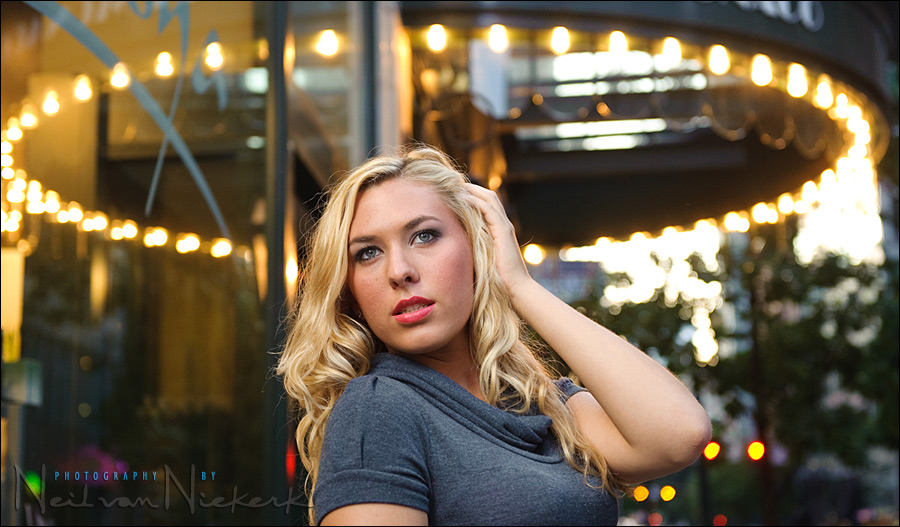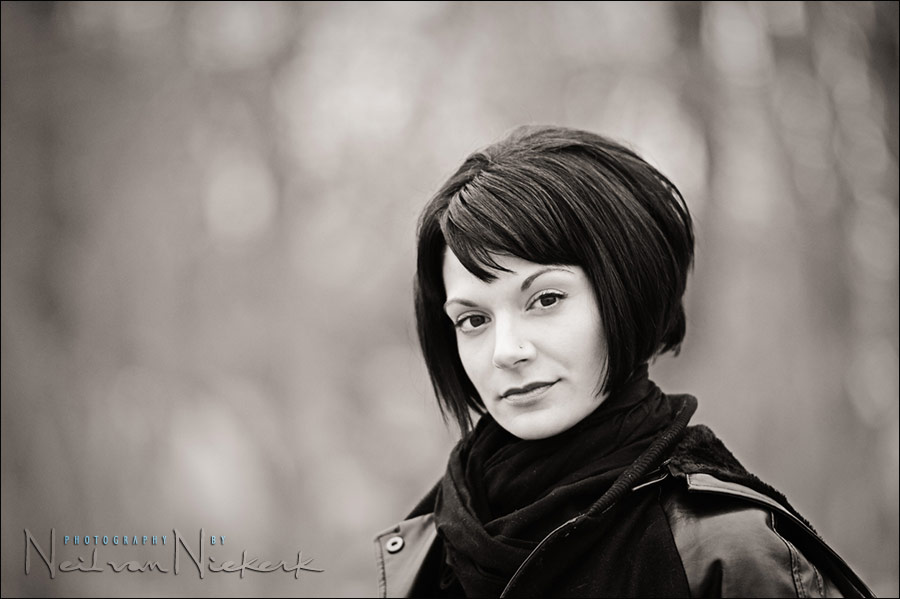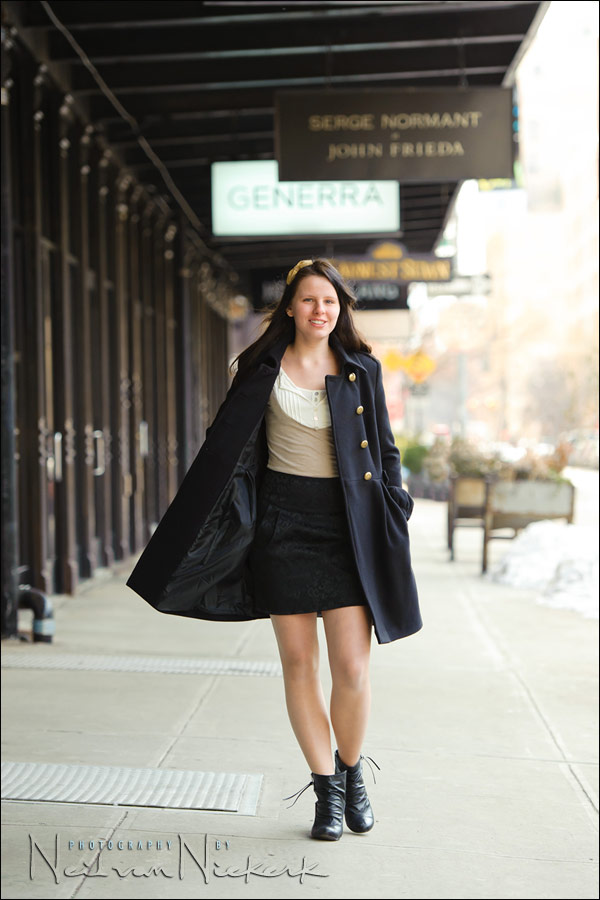off-camera flash photography: distance between softbox and subject
off-camera flash photography: distance between softbox and subject
There are all kinds of formulas for how to figure out the optimal distance between the softbox and the subject. One of the most common suggestions is to use the diagonal of the softbox. While I believe this might something you can play around with in the studio, I do think it is an overly technical way to approach it when shooting on-location. Working on-location am usually concerned with: - getting my composition, - direction of the light from the softbox (in relation to my subject's positioning), - my shooting Read more inside...review: Custom Brackets Digital Pro-M rotating bracket kit
review: Custom Brackets Digital Pro-M rotating bracket kit
The makers of the Custom Brackets flash brackets, recently sent me a copy of their latest and best rotating flash bracket, the Pro-M rotating flash bracket (affiliate), for review. Of the various makes of flash brackets I had tried out when I first started doing wedding photography full-time, the Custom Brackets was the one I settled on out of all of them. As far as I was concerned theirs was the flagship of the flash brackets. So I was curious to see what the updated model could offer ...the reason Read more inside...
Flash photography during the wedding ceremony in church
Using flash during the wedding ceremony in church
Whether or not to use flash during a wedding ceremony in a church, is a tricky decision to make. You have to weigh the solemnity of the occasion, with the contractual and artistic requirements to create awesomely awesome images. When to use flash during the church ceremony? - when there aren't specific church rules against using flash, and - the light levels are too low to give correct exposure for the shutter speed, aperture and ISO combination we need. The decision to use flash, and how to use flash, strongly depends on Read more inside...using a small softbox for lighting an intimate photo session
using a small softbox for lighting an intimate / boudoir photo session
With intimate photo sessions, I use a number ways of lighting my subject. This helps to bring some variety to the images. It helps mixing things up a bit by not using just one specific way to light the session. While I sometimes use a softbox, the medium sized softboxes (or the 24" x 24" softboxes) are just a little too big to swing around in a small room. With a recent on-location photo session in New York, I used the Lastolite 8.6" Ezybox (B&H) a few times. I took it along on that photo session because it Read more inside...review: Lumodi beauty dish for speedlights
review: Lumodi beauty dish for speedlights
Light from a Beauty Dish has a distinctive look - an interesting combination of soft light with a pronounced fall-off to the edges. With a softbox there is a lot of scattering of the light, making it exactly that soft light source that it is named after. A softbox is therefore quite forgiving of how you position the light in relation to your subject. The beauty dish in comparison, used as a single light source, will give light that can be both dramatic and pleasing. (Not nearly as hard as video light or direct unmodified Read more inside...Flash ‘on top of’ ambient light – Adding bounce flash to ambient light
Adding bounce flash to ambient light
Using images from a past workshop, I want to explain a simple concept with flash photography on location. In workshops and seminars I quite often describe the flash as 'riding on top of' the available light exposure. It's just another way of describing the usual technique of under-exposing the ambient light somewhat, and then using flash to give correct exposure. We can thereby control the final look of the image by controlling the direction of light from our flash. By using flash like this, we can use the flash to 'clean up' the light in the Read more inside...Depth-of-field and aperture change
Depth-of-field and aperture change
A valid question on how much the change in aperture affects depth-of-field, is whether an 70-200mm f/4 zoom would give you the same kind of look that an f/2.8 zoom would. For me, a fast f/2.8 aperture is essential on a zoom lens, especially the telephoto zooms. For the same scenario, it gives me a higher shutter speed than the f/4 zoom. Or I can use a lower ISO. More importantly, since I often bounce flash in large areas, the f/2.8 aperture gives me more chance of successfully bouncing my flash than an f/4 aperture would.But what Read more inside...
Kate – a New York photo session
Kate - a photo shoot in New York
Kate is from Ukraine and has a deep fascination for New York. As a present, Kate's sister flew both of them out for a vacation here ... and had me photograph Kate around New York yesterday. The idea was to get a mixture of portraits of Kate and some photos of Kate in obvious New York locales. We started off in the Meat-Packing district because I wanted a photogenic spot that wasn't too crowded during a weekday (in winter), so we could have an easy start to the photo session. Since Kate might not have been experienced with photo shoots, I thought Read more inside...Hyper-Manual mode for Nikon & Canon
'Hyper-Manual' mode for Nikon and Canon
(subtitled: the episode where I finally learn now to use the Auto modes elegantly) In my discussion of what would be the best camera in the world, I mentioned (at length) the clear advantage that Pentax cameras have because of their Hyper-Program and Hyper-Manual modes. I explain these two modes in more detail in that linked article, but in essence, the modes work as such: Hyper-Program - is a program exposure mode, but by dialing the shutter speed dial it becomes Shutter Priority / Tv. By dialing the aperture dial, you instantly Read more inside...- « Previous Page
- 1
- …
- 73
- 74
- 75
- 76
- 77
- …
- 103
- Next Page »
